AN ancient Pompeii home filled with saucy paintings and unseen art has been uncovered 2,000 years after it was buried under volcanic ash.
This unusually small and extravagantly decorated home, named the House of Phaedra, was discovered by archaeologists on Thursday.
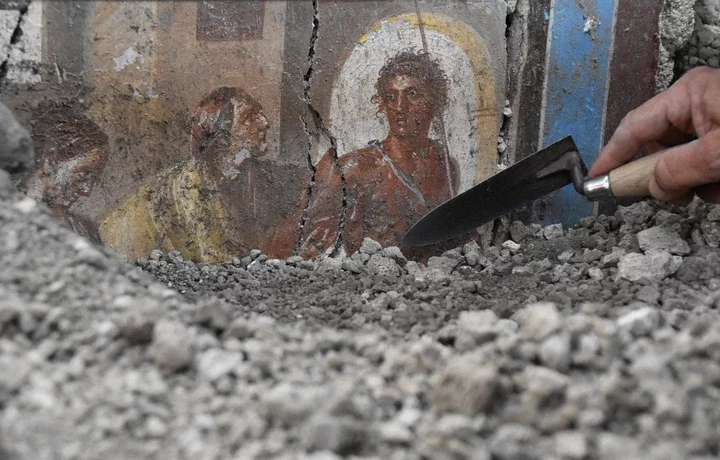
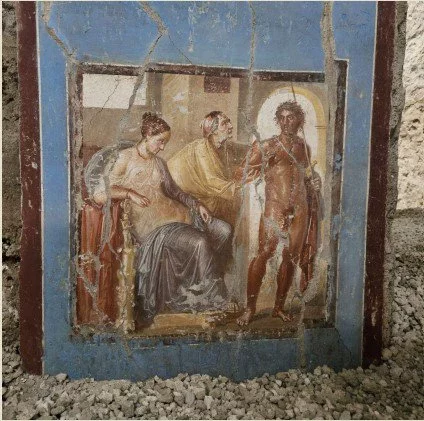
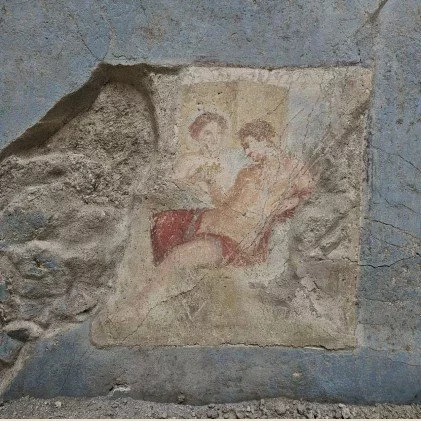
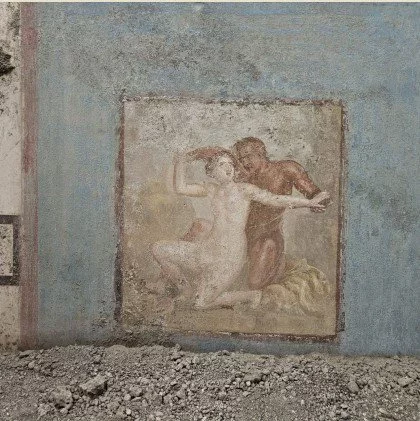
The ancient Roman city is known for its uniquely preserved homes and people after Mount Vesuvius erupted two millennia ago.
This small home surprised archaeologists due to its opulent frescoes and detailed art across the house.
Despite being covered in ash for 2,000 years, this ancient home has still been adorned with vividly bright paintings.
These have included a raunchy scene between satyr and a naked nymph on a bed, and gods, thought to be Venus and Adonis.
Other saucy paintings include one of a half-clothed mythological queen of Athens, Phaedrea, who the home is named after.
Other wall art included beautifully bright depictions of animals and nature.
The home's standout feature was a grand and richly decorated frescoe.
Archaeologists revealed this find was particularly unique as frescoes and elaborate art had typically been found in larger homes.
This property even included a domestic altar at the entrance which had been painted and adorned with plants, snakes, and sparrows.
Experts explained the home's size "strikes us for the high level of its wall decorations."
The Tragic History of Pompeii
They noted the quality of this art was comparable to those in much grander homes discovered nearby.
This extraordinary discovery has shed light on the different architectural styles in ancient Pompeii, two millennia after the disaster.
A major difference at this site was it was not built around the traditional Roman atrium, an open space where people could collect rainwater, like most homes were.
This home has not been the only Pompeii house to be found with explicit artistry.
A 2018 excavation found a wall painted with Priapus, the god of fertility, weighing his penis in a scale, according to The Times.
What was the Pompeii disaster?
Pompeii has become a city known worldwide since it was perfectly preserved by a shock volcanic eruption 2,000 years ago
The ancient Roman city, located by the city of Naples, Italy, was completely destroyed when Mt Vesuvius erupted on the morning of 24 August, 79 AD.
the volcano shot stone, ash and volcanic gases as high as 21 miles into the sky at tens of thousands of cubic metres every second.
Pompeii quickly became covered in at least six metres of ash and debris.
Around 2,000 people died but this unique eruption perfectly preserved each person, home, and animal for thousands of years to come.
This disaster caught the local population by surprise as much of the ancient population today, now covered in casts, can still be seen sleeping, running, or trying to protect themselves.
The unique preservation has made Pompeii a destination for tourists and academics.
Another piece of raunchy art depicted the god Zeus dressed as a swan as he seduced the Spartan queen Leda.
Experts believe Pompeiians painted these heated images around their homes as good luck charms to bring wealth and prosperity.
These naughty finds have not been the only recent and exciting discovery at the ancient site.
Dozens of scrolls found at Pompeii are set to be deciphered using AI.
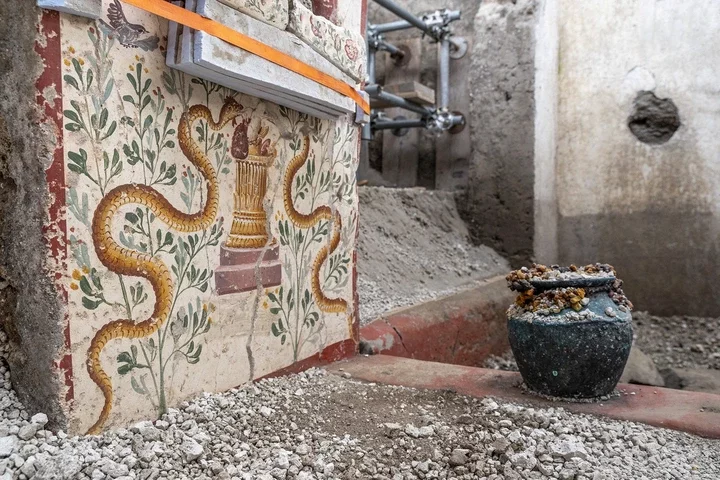
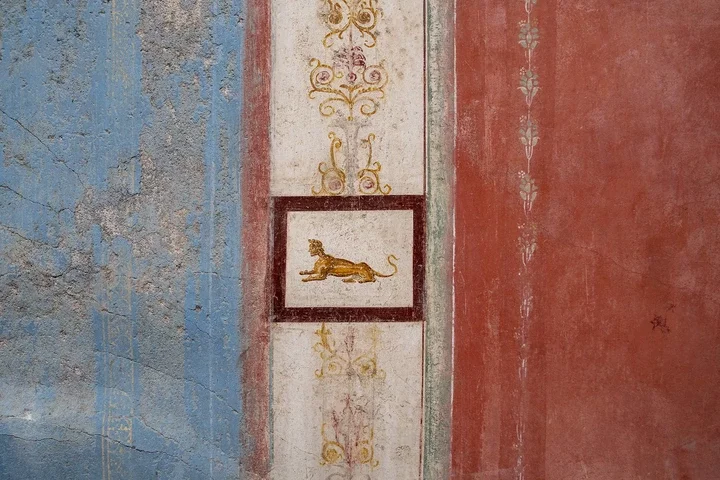
Around 1,000 papyrus scrolls were uncovered in a huge villa in the 18th century.
Although the scrolls have been preserved, they have also been carbonised - blackened and fossilised.
Researchers have hoped AI could help uncover the secrets behind these scrolls that were sealed shut.
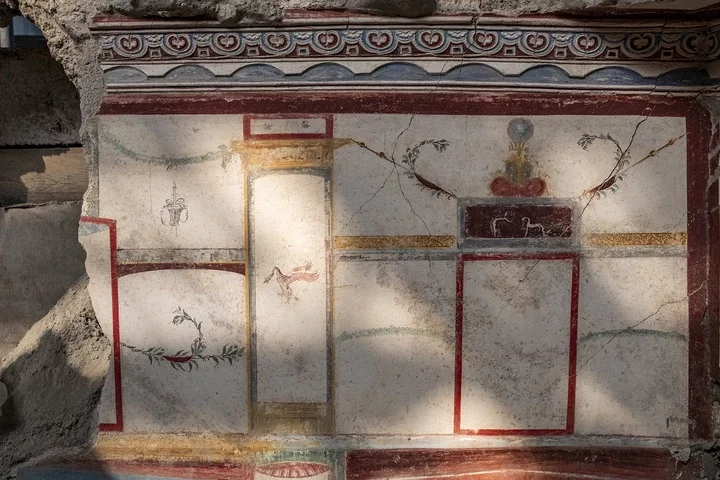
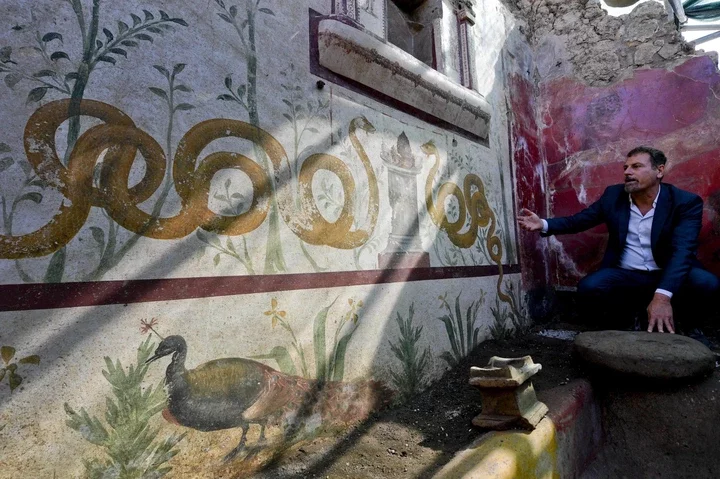
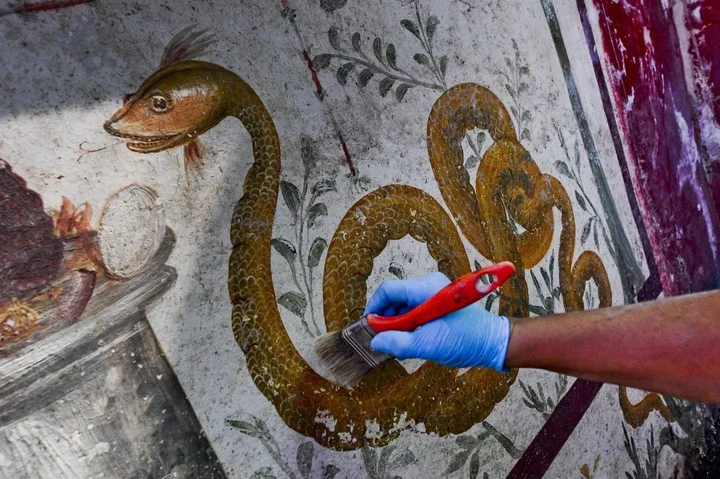














.jpg)



Comments